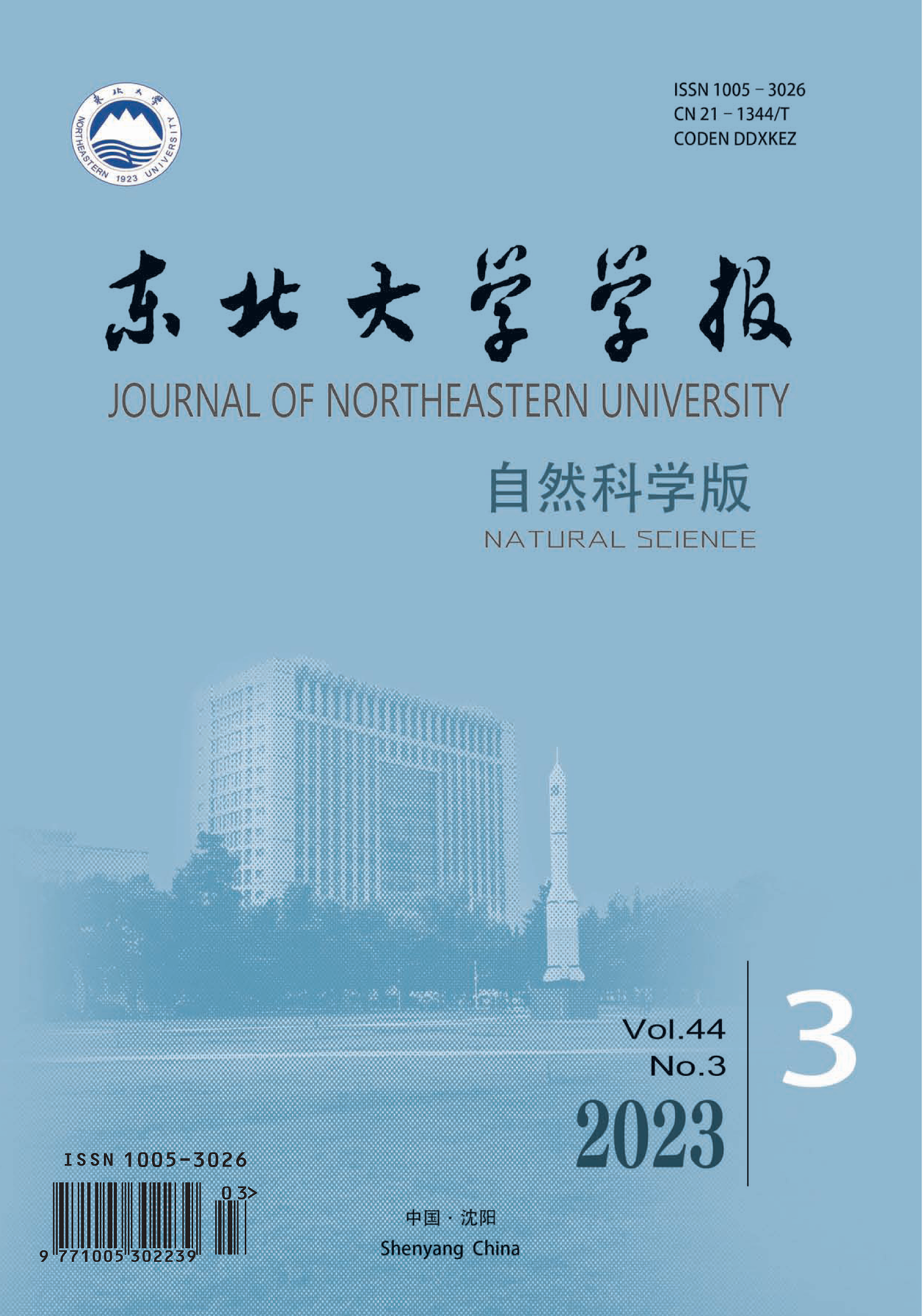|
|
Carbon footprint and carbon bearing capacity of regional economic development
Gu, Xiao-Wei (1); Xu, Xiao-Chuan (1); Wang, Qing (1); Wang, Feng-Bo (1)
2012, 33 (8):
1194-1197.
DOI: -
Based on the method and indicators of the ecological footprint, a mathematical model was developed for calculating the carbon footprint, carbon bearing capacity and carbon efficiency of a regional economy, which was applied to the study on the economic development of Shenyang from 1991 to 2005. The results show that, after 1998, the total carbon footprint of Shenyang increased rapidly at an annual growth rate of 15.2%, overtaking the GDP growth rate at the same period (13.67%). In the total carbon footprint, the emissions of fossil-fuel consumption occupy 73%~86%. The carbon bearing capacity of Shenyang was relatively stable in the study period, resulting in a severe carbon overload with the carbon footprint 4 times higher than the carbon bearing capacity in 2005.Furthermore, the carbon efficiency exhibited a decreasing trend after 2000, i.e. the carbon footprint for each unit of economic output showed an increasing trend. It can be seen that, the high economic growth after 2000 was achieved at the cost of the rapid increase in carbon footprint, implying the steering to a low-carbon economy faces a grim challenge.
References |
Related Articles |
Metrics
|

